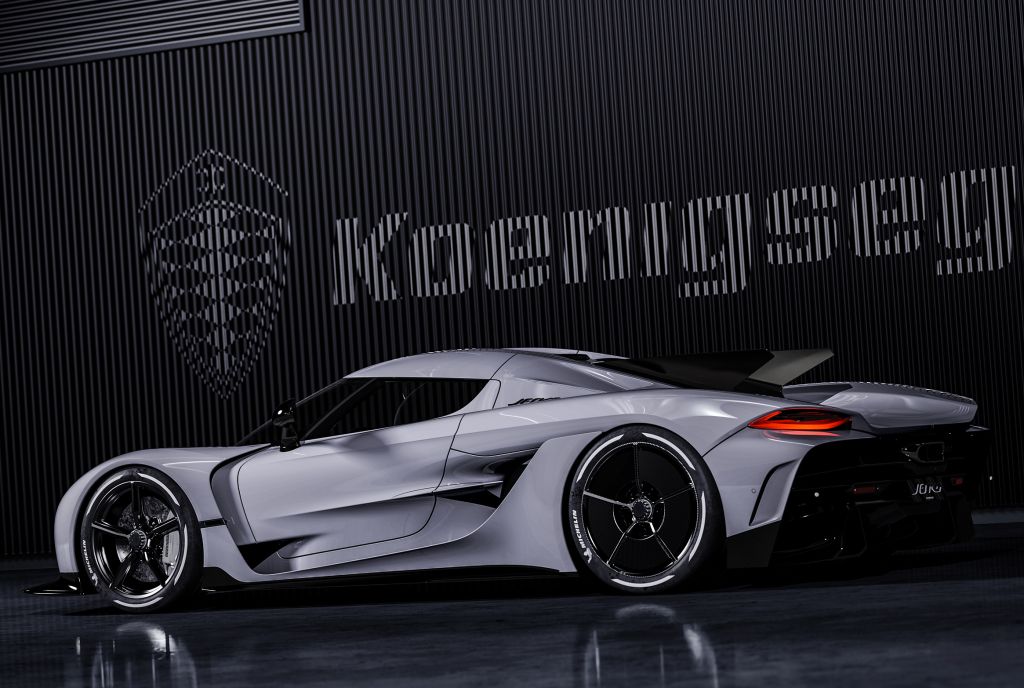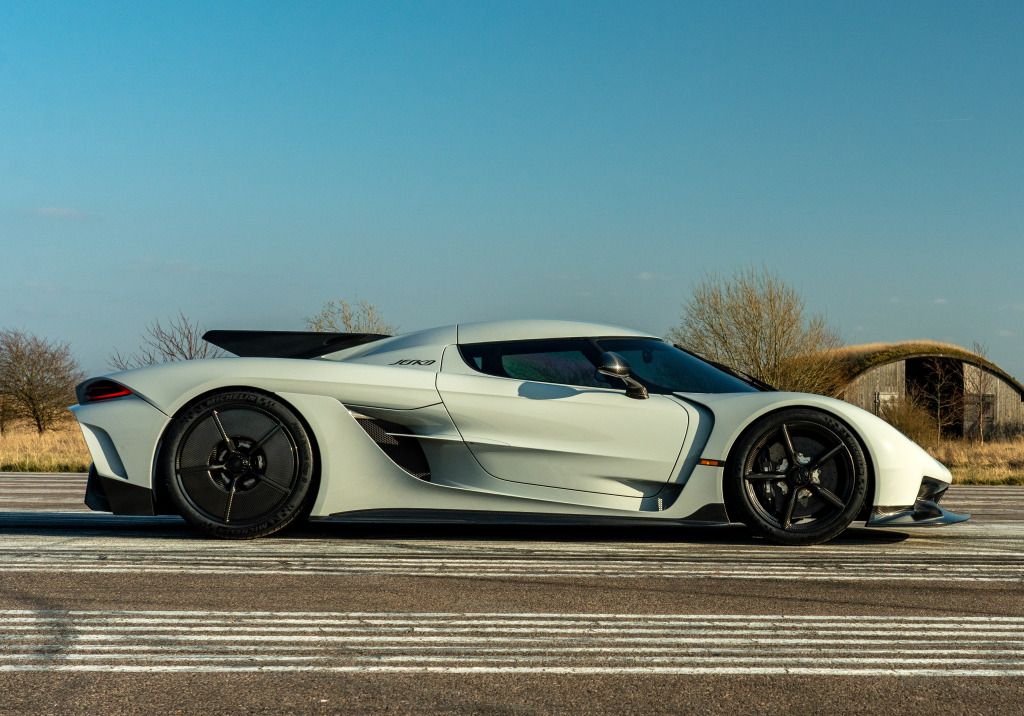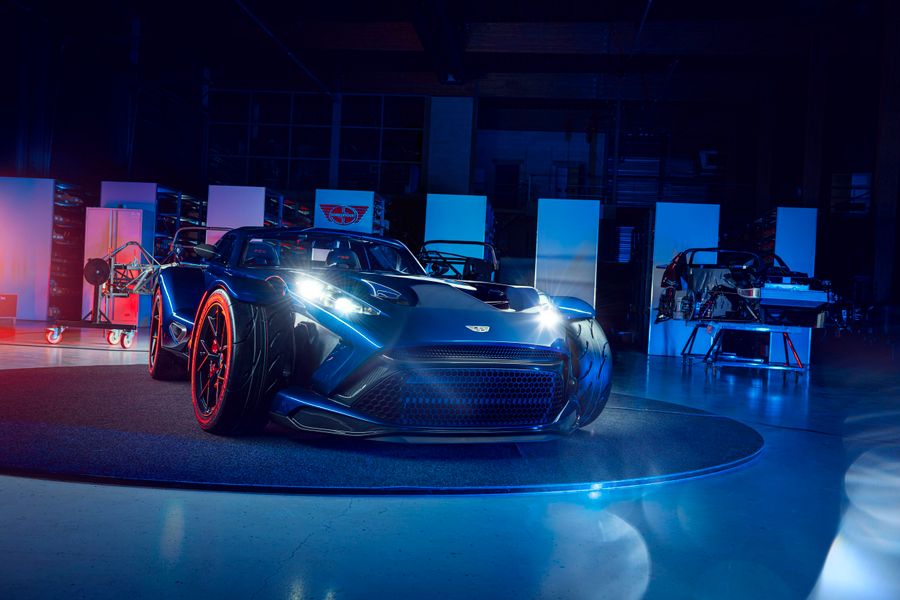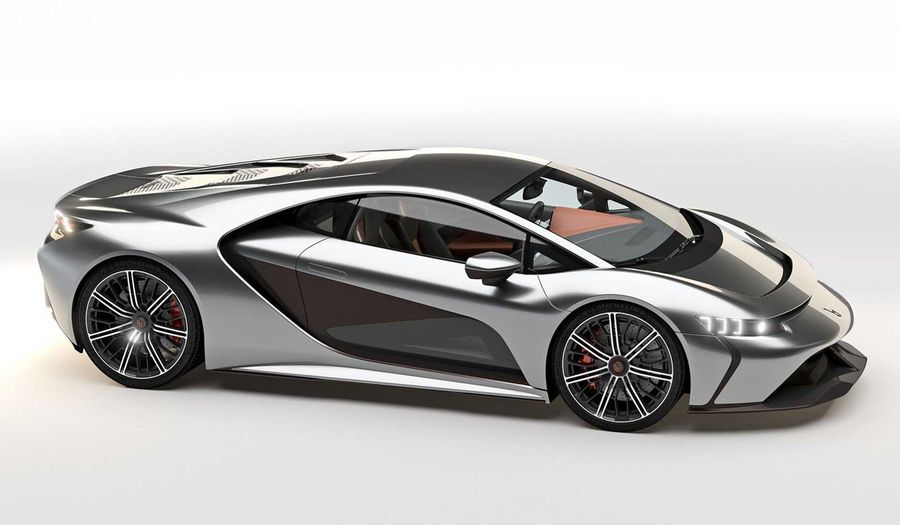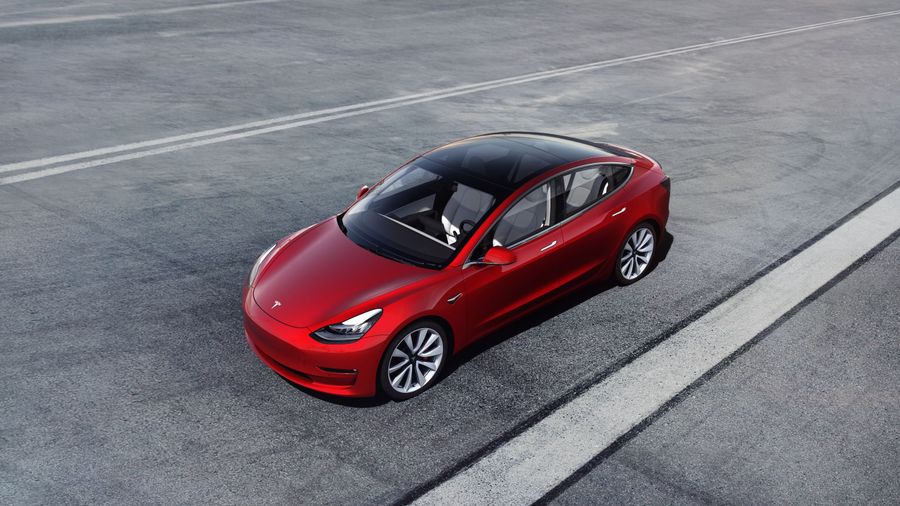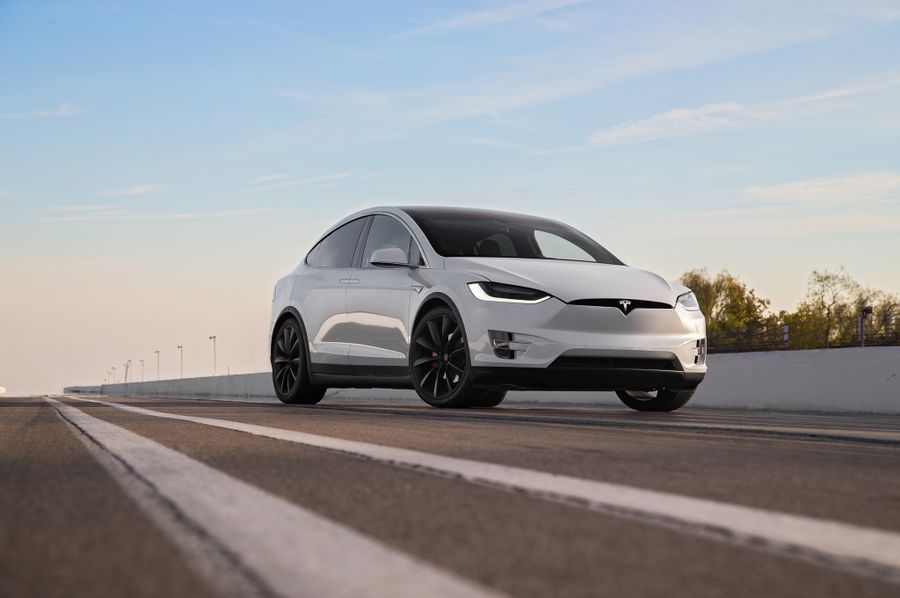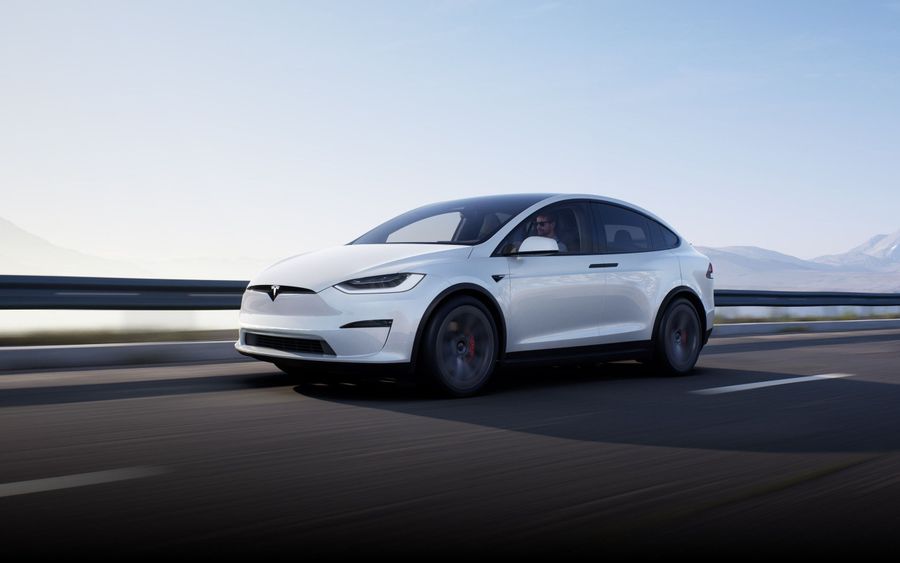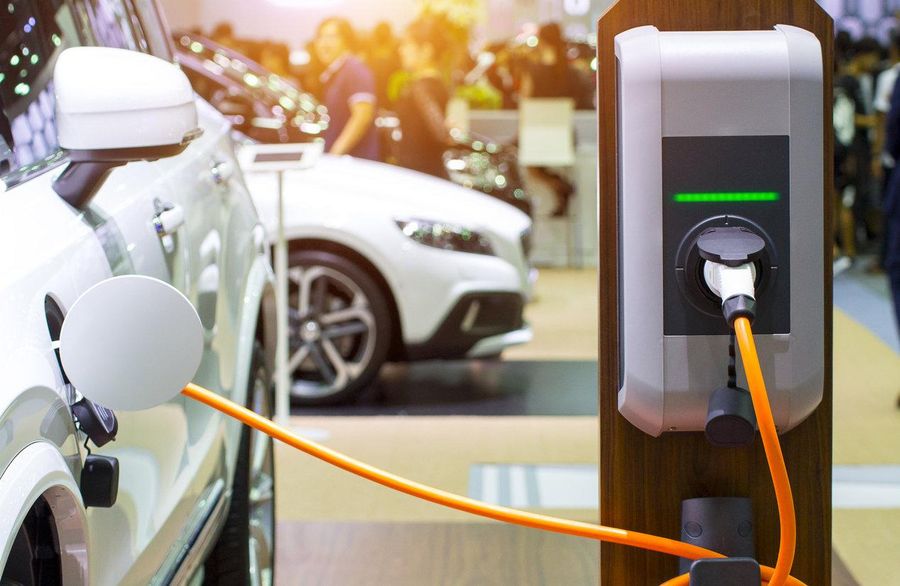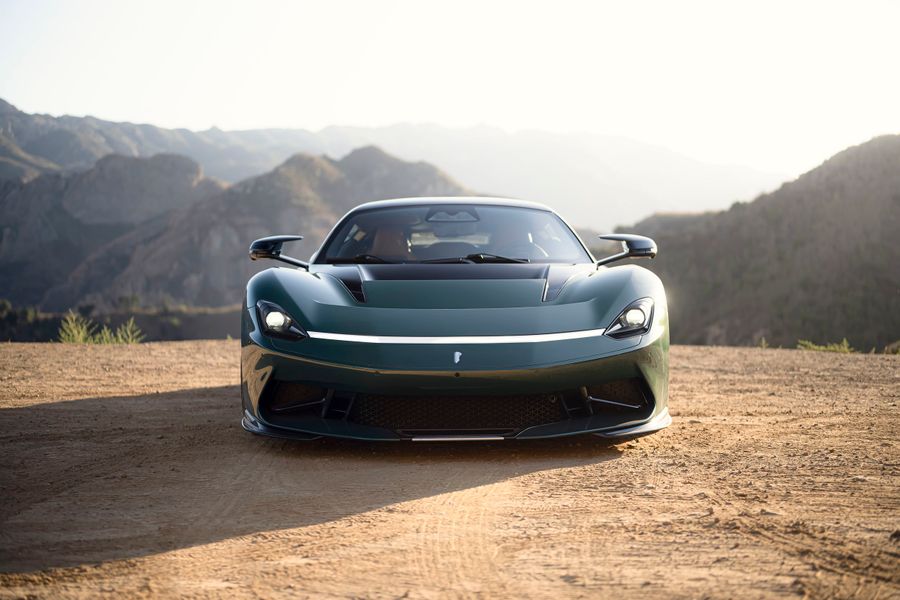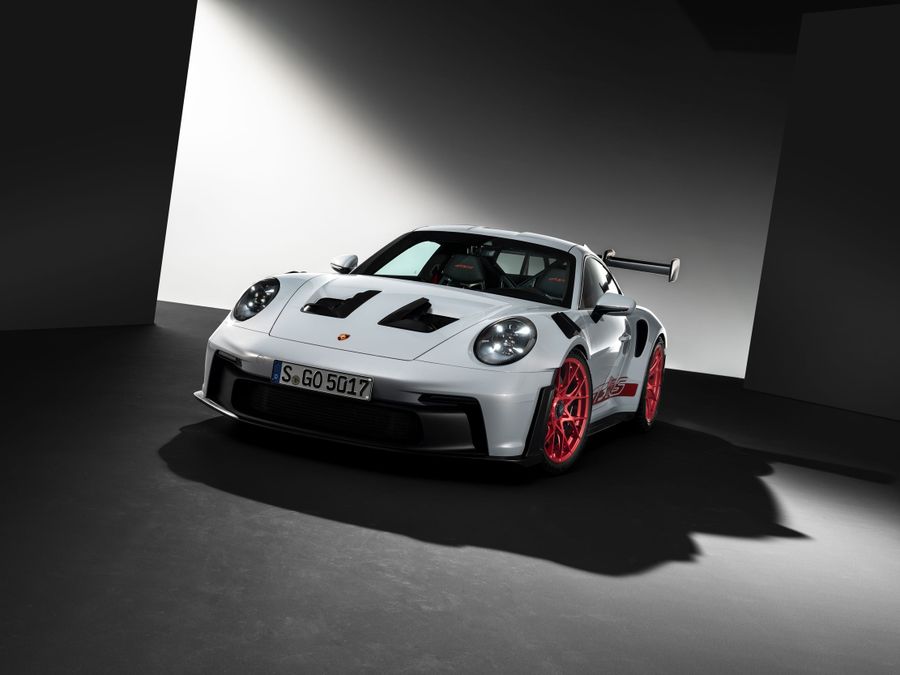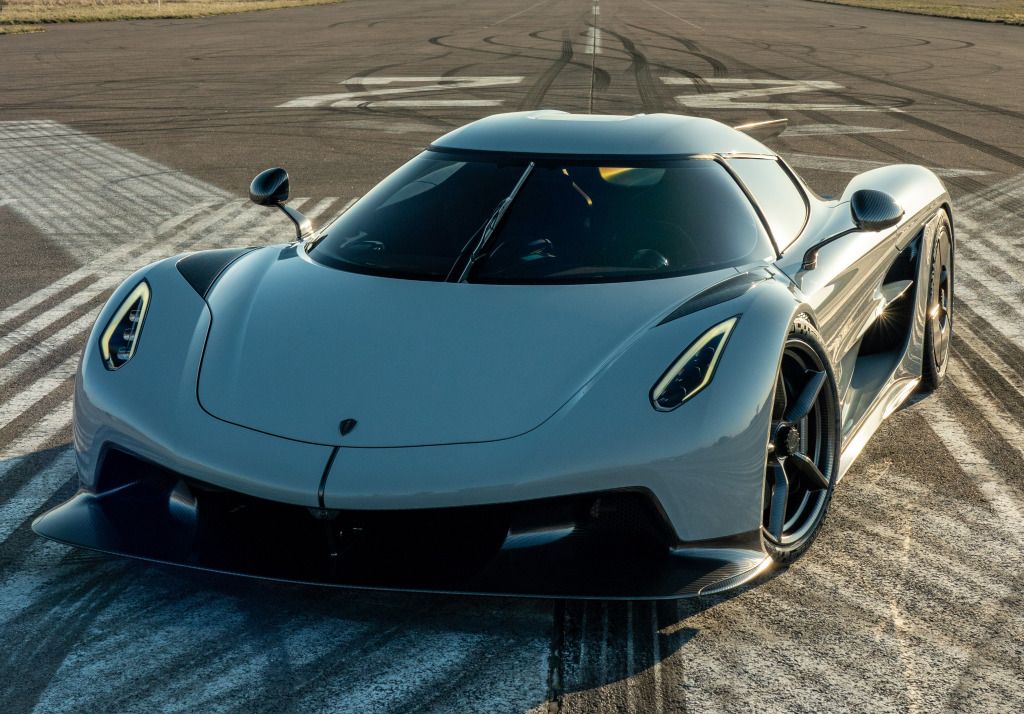
2019 Koenigsegg Jesko. 1st generation
The full-scale production began in July 2021, more than two years after the car was unveiled at the 2019 Geneva Motor Show.
A small company from Ängelholm (Sweden) that has only 70 people in its employ keeps on surprising the world with unprecedented and incredible automotive solutions, speed records and eye-catching design of its cars. Meet the new creation of Koenigsegg Automotive AB, the Jesko megacar, which premiered in the spring of 2019.
This car is the successor of the Agera, a record-setting megacar. It was named in honor of Jesko von Koenigsegg, father of the head of the company Christian. Parents of Christian von Koenigsegg attended the world premiere of the car and witnessed the success of the new model: more than half of the cars were ordered even before the Geneva Motor Show, while the remaining cars were sold out five days after the exhibition. The new Koenigsegg Jesko is a ‘mass-produced’ model, as a total of 125 units were assembled and sold. And believe us, these are very large volumes! For example, only 25 Agera cars and 80 Regera cars were created.
Body: Revolutionary materials
To say that the car turned out to be outstanding is an understatement. The Jesko is based on a monocoque, re-created from carbon fiber and aluminum with an integrated roll cage and built-in fuel tanks. It is reinforced with Dyneema ultra-high molecular weight polyethylene, which is currently the world’s strongest fiber and has never been used in the automotive industry before! The monocoque has an amazing, best-in-class torsional rigidity of 65,000 Nm/deg. It is larger than that of the Agera, which made the interior of the megacar more spacious and improved visibility. The body parts of the car are made of carbon/Kevlar.
Koenigsegg engineers spent several thousand hours perfecting aerodynamics. And, of course, they have successfully completed their task: new elements, including a front splitter, a rear wing and a diffuser press the car to the road. And even the rear-view mirrors provide an additional 20 kg of downforce and adjust the direction of the air flow. At 250 km/h, the downforce reaches 800 kg and 1,000 kg at 275 km/h! Its maximum value is an incredible 1,400 kg.
Engine: Where are 1,600 ‘horses’ hidden?
The first attempts of the Swedish company to design its engine led to a resounding success: the very first brand model, the 2002 Koenigsegg CC8S, ‘kicked’ the McLaren F1 from the Guinness World Records and became the new car with the most powerful production engine in the world.
The Jesko comes with a brand-new 5-liter twin-turbocharged V8 engine, which was designed specifically for the new model. Its feature is the world’s lightest “flat” crankshaft weighing only 12.5 kg. The necks of the flat crankshafts are located at an angle of 180 degrees, which provides instant response to the gas pedal and a sonorous sound, and they develop excellent revs. Such engines are prone to vibration, which is why Koenigsegg’s clever engineers have also developed ultra-light piston connecting rods. The next innovation is a modified head of the block with a vortex generator, which increases the efficiency of fuel combustion.
But the experts went farther. The new megacar became the first production car with a system of pressure sensors in individual cylinders, with each cylinder supplying three fuel injectors with a combustible mixture. Thanks to all the improvements, the rather big engine can generate up to 1,280 hp on regular petrol, and when fueled with bioethanol E85, it produces 1,600 hp. The torque is also astounding: 1,000 Nm in the widest range from 2,700 to 6,170 rpm. The maximum torque is 1,500 Nm at 5,100 rpm. The engine is capable of revving to 8,500 rpm. This amazing unit weighs 189 kg.
Incredible transmission
Such a powerful engine needs the right transmission. Koenigsegg has created it from scratch. This is the company’s second own transmission. They were able to make it light, only 90 kg, which is reflected in the name: Light Speed Transmission (LST). The gearbox has several multi-plate clutches, and the switching mechanism is dual-mode: a light press on the paddle shifters or the transmission selector changes the gear to the next one. But if you push them harder, the UPOD mode will be activated, switching the gearbox to the optimal gear for acceleration, for example, from the seventh to the fourth.
The megacar is equipped with the Triplex suspension that improves handling and stability thanks to the third horizontal shock absorber. This solution was first used on the Agera model back in 2010. However, the Agera featured only one additional shock absorber on the rear axle, designed to ensure stability in case of hard acceleration. The Jesko has the same system on the front axle, leveling out nosedives at high aerodynamic load.
Other miracles
Moreover, the megacar is equipped with adaptive Öhlins electronically controlled shock absorbers and Michelin Pilot Sport Cup 2 tires. The wheel discs also deserve attention, as they are forged aluminum or hollow carbon wheels, Koenigsegg’s own secret innovation. The 20-inch front carbon wheels weigh just 6.7 kg each. The 21-inch rear wheels weigh 8.4 kg.
And that’s not all: the handling of this fantastic car is complemented by the adaptive Active Rear Steering system, which steers the rear wheels in any direction at an angle of up to three degrees. At low speeds, it steers them in the opposite direction from the front ones to reduce the turning radius, at high speeds it steers the rear wheels in the same direction as the front ones, reducing the turning radius. This is an old solution: it was massively used on inexpensive models in Japan in the first half of the 90s of the last century.
The car interior will not disappoint buyers who have invested three million dollars: genuine leather, Alcantara, aluminum, carbon fiber, glass. The seats are heated and electrically adjustable, and the steering column and pedal unit are also adjustable. In front of the driver, there is a five-inch SmartCluster digital dashboard, SmartWheel with touch panels and tactile response, as well as a SmartCenter multimedia system with a 9-inch screen.



